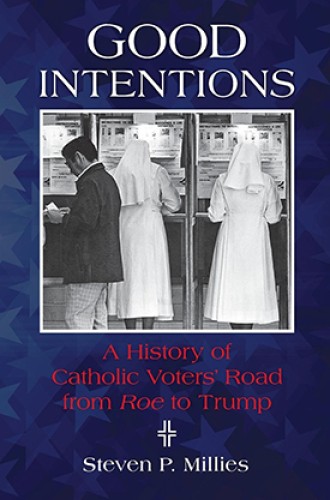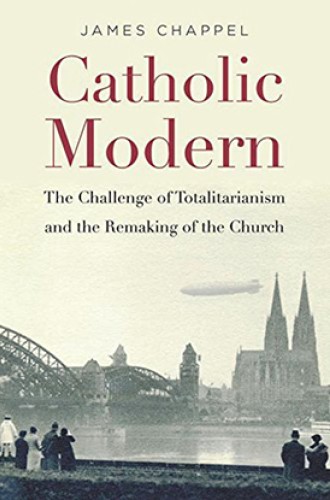Catholicism and the secular state
The intertwining of the Catholic Church and politics, from World War I to Trump
Catholic voters may have provided the margin of victory for Donald Trump in 2016. Trump won in the Electoral College because of a shift of some 80,000 votes in four crucial states— Pennsylvania, Michigan, Wisconsin, and Minnesota—and there is evidence that it was the Catholic vote that gave Trump the edge of victory. How much was the official Catholic opposition to abortion the deciding factor for these voters? In Good Intentions, Steven Millies addresses this question as part of a larger exploration of Catholic voting.
Millies sees the Catholic vote as deeply influenced by the long struggle of Catholics to be fully accepted in American society. His account of the church’s opposition to the Supreme Court’s decision in Roe v. Wade, rendered in carefully footnoted detail, focuses on how the United States Conference of Catholic Bishops has interacted with legislators and the courts. In addition to negotiating with politicians, the bishops have focused attention on the evils of legalized abortion through official statements, preaching, and “right to life” organizations.
In recent elections, the USCCB has published a guide for Catholic voters, Faithful Citizenship. While the guidebook cautions against single-issue voting, its repeated attention to abortion is telling. Archbishop Charles Chaput has characterized opposition to abortion as “foundational.” There is a compelling story to be told from Roe to Trump, and Millies tells it well.







